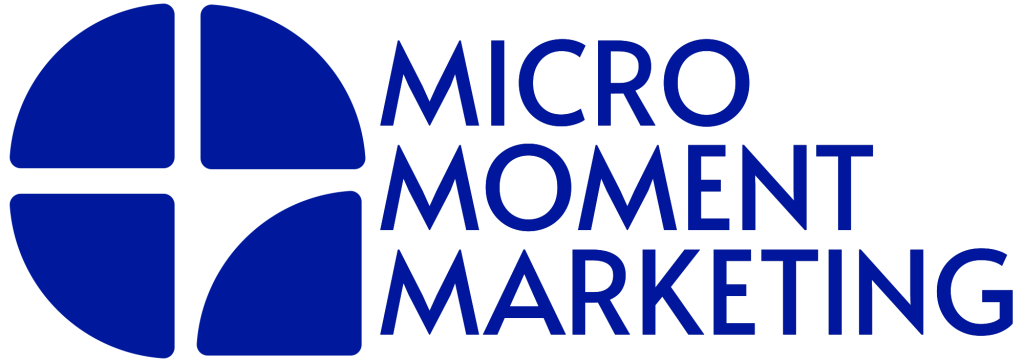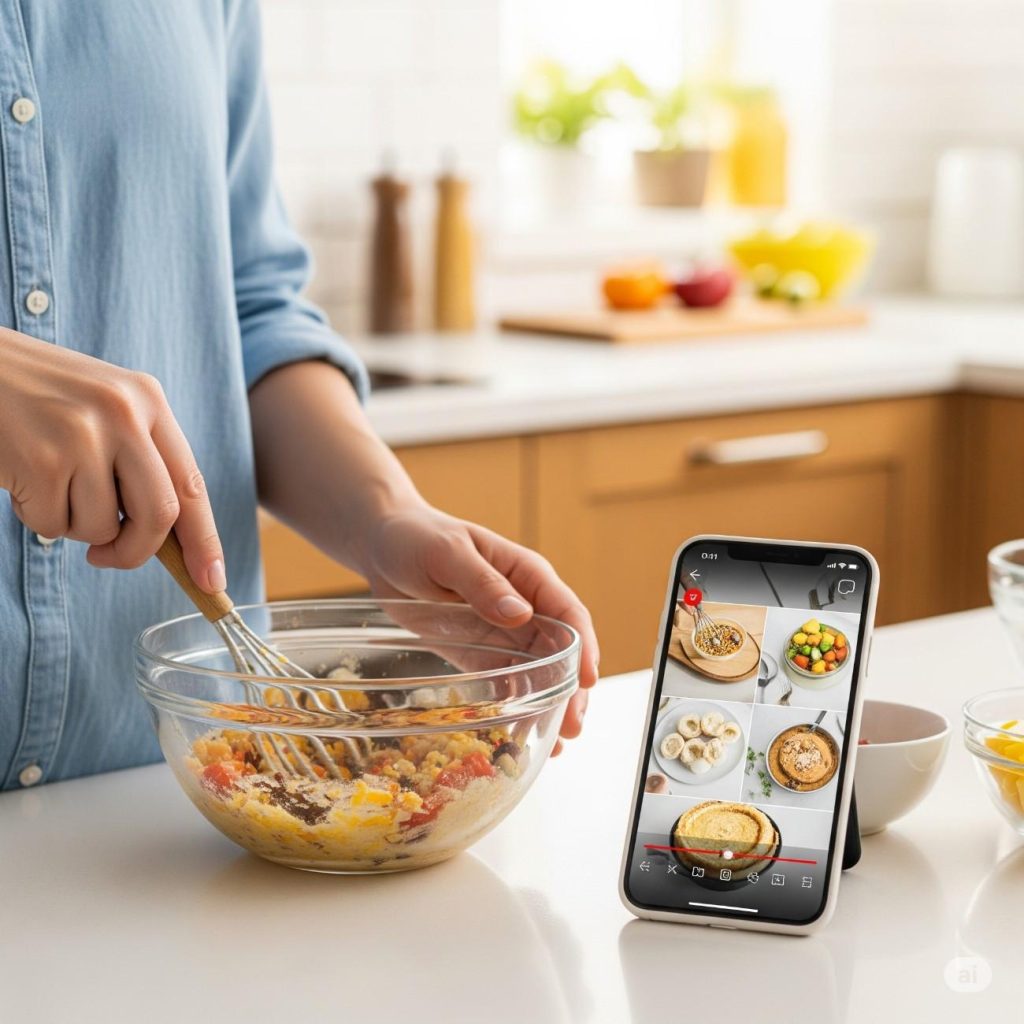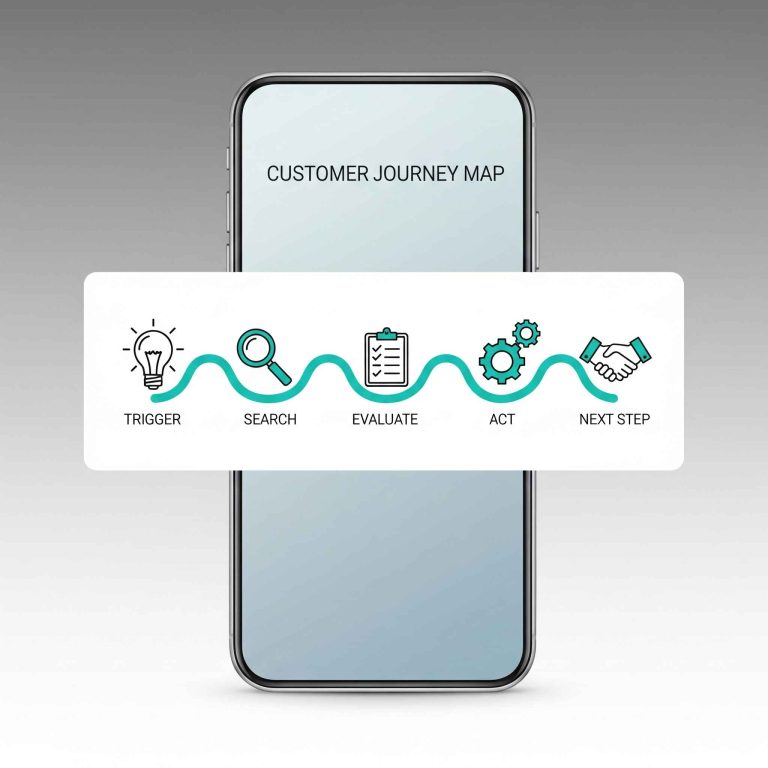Have you ever typed “how to fix a leaky faucet” or “how to edit a TikTok video” into Google?
If so, you’ve had “I-Want-to-Do” moments, which is when people are searching for help right now because they really want to get something done.
This is a wonderful moment for brands and marketers.
Your audience is actively investigating how to do things, like fixing things around the house, taking care of their skin, or learning how to use software. If your content helps them do these things, you gain their trust (and maybe their business).
In this guide, we’ll talk about what makes these moments so powerful, why they’re growing so quickly, and how you can make content that gets seen, adds value right away, and keeps people coming back for more.
What Are The “I-Want-to-Do” Moments
When someone picks up their phone or computer with the intention of learning how to do something right away, that’s an “I-Want-to-Do” moment.
Google says these are searches with a lot of intent, often done on the spur of the moment, where people want useful, actionable help.
It’s not just about being curious at these times; it’s also about getting things done.
For example, some common searches are:
- “How to change a bike tire”
- “How to make Thai green curry”
- “How to send emails with ChatGPT”
These things happen a lot during:
- A task that is already going on (like following a tutorial while baking).
- The planning stage is like watching travel how-tos before a trip.
- An emergency that needs to be fixed, like a tech problem.
The most important thing is that people want help that is quick, clear, and visual, not long sales pitches.
These little moments give you a chance to give value without asking for anything in return. If your brand can help people get something done or fix a problem right away, it builds trust and credibility over time.
Why The “I-Want-to-Do” Moments Matters More Than Ever
The “I-Want-to-Do” moment isn’t new, but it’s stronger and more competitive than ever.
Why?
This is because people today want immediate assistance. People no longer wait to request instructions or ask a friend. Instead, they Google it right away and expect to find the exact steps in less than 30 seconds.
Google says that every year, people watch well over 100 million hours of “how-to” videos on YouTube.
This isn’t just for tech or DIY. People in every field need step-by-step help with things like skincare, cooking, finance, and SaaS onboarding.
If your brand isn’t posting helpful content during these times, someone else is, and they’re getting your future customers by being more helpful.
Key Strategies For Winning The “I-Want-to-Do” Moment
Your content needs to be useful, quick, and easy to find at the right time and place for your audience to win in the “I-Want-to-Do” micro-moment.
When you help someone in need, you become more than just a brand; you become useful, which makes people loyal.
This is how to do it:
1. Write Good How-To Contents
Don’t just write; show it. Use pictures, GIFs, or videos along with short, clear explanations.
- Use formatting that shows each step.
- Point out common mistakes or easy ways to do things.
- For longer guides, add timestamps or jump links.
Example: A beauty brand could make a 2-minute video called “How to apply retinol at night without irritation” that is short, visual, and helpful.
2. Use Structured Data For Rich Snippets
Add How-To schema markup to your blog posts or tutorials. This helps search engines show your content right in the search results, usually with numbered steps or small pictures.
This approach not only makes things easier to see, but it also increases click-through rates.
3. Design For Mobile And Voice
Your how-to content should load quickly, be easy to read, and work well on small screens.
- Use short paragraphs, bullet points, and big buttons.
- Make it easy for people to ask questions like “How do I fix…” or “Show me how…”
4. Target On Long-tail, Question-based Keywords
You can target these keywords, for example:
- “How to unclog a drain without chemicals”
- “Easy vegan breakfast recipe,”
- “How to use Notion for daily planning”
To find common phrases, use tools like AnswerThePublic, AlsoAsked, or Google’s “People also ask.”
5. Use Video Platforms
Don’t just post on your website; also post on Instagram Reels, TikTok, and YouTube. Quick how-to videos perform exceptionally well on short-form video sites and can attract viewers back to your website.
Real-World Example: Helping Before Selling
Let’s say you own a skincare line for people who are new to it. “How to apply retinol at night without peeling?” is one of the most common questions people ask online.
Instead of pushing products right away, you make a short, useful guide:
- A 60-second TikTok that shows how to use the sandwich method (moisturizer → retinol → moisturizer).
- A blog post with tips, common mistakes, and step-by-step directions.
- A carousel post on Instagram that shows how to take care of your skin at night.
Each piece clearly and visually answers the user’s question while also introducing your product in a subtle way.
What happens next? You show up in search, social media, and short-form video, making you the place to go.
The win: You’ve built trust in a “Do” moment, and that confidence is much stronger than a product push.
Checklist: Are You Ready For The “I-Want-to-Do” Moments?
Use this short list to see if your brand is ready to take advantage of “I-Want-to-Do” moments:
- Do you have how-to content that answers questions that many people have?
- Does your content load quickly and work well on mobile devices?
- Do your tutorials have pictures, videos, or GIFs?
- Have you added How-To schema markup to your site for SEO?
- Are your posts focused on long-tail keywords or on keywords that are phrased as questions?
- Are you using how-to content in new ways on sites like YouTube or TikTok?
- Is your tone helpful and not pushy?
If you checked five or more, you’re on the right track. If not, it’s time to get ready to act.
Help First And Earn Loyalty Later
Brands that teach as well as sell are the ones that do well.
You build more than just traffic by being there for your audience when they need help with something. You gain trust, relevance, and loyalty. Being helpful in a “Do” moment, whether it’s a short tutorial or a full guide, is the first step toward long-term engagement.
And this is only one part of the puzzle.
The “I-Want-to-Buy” moment is next in our Micro-Moment series. This is when your helpfulness pays off and users desire to buy something turns into action.


